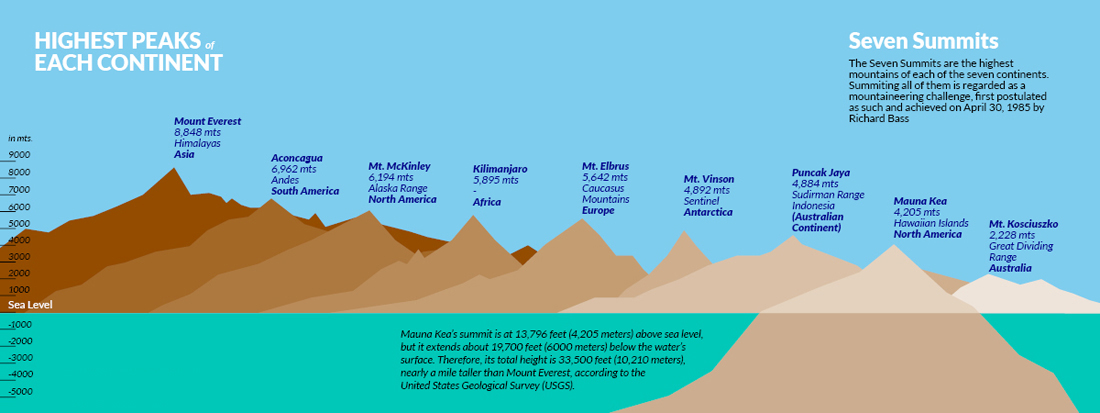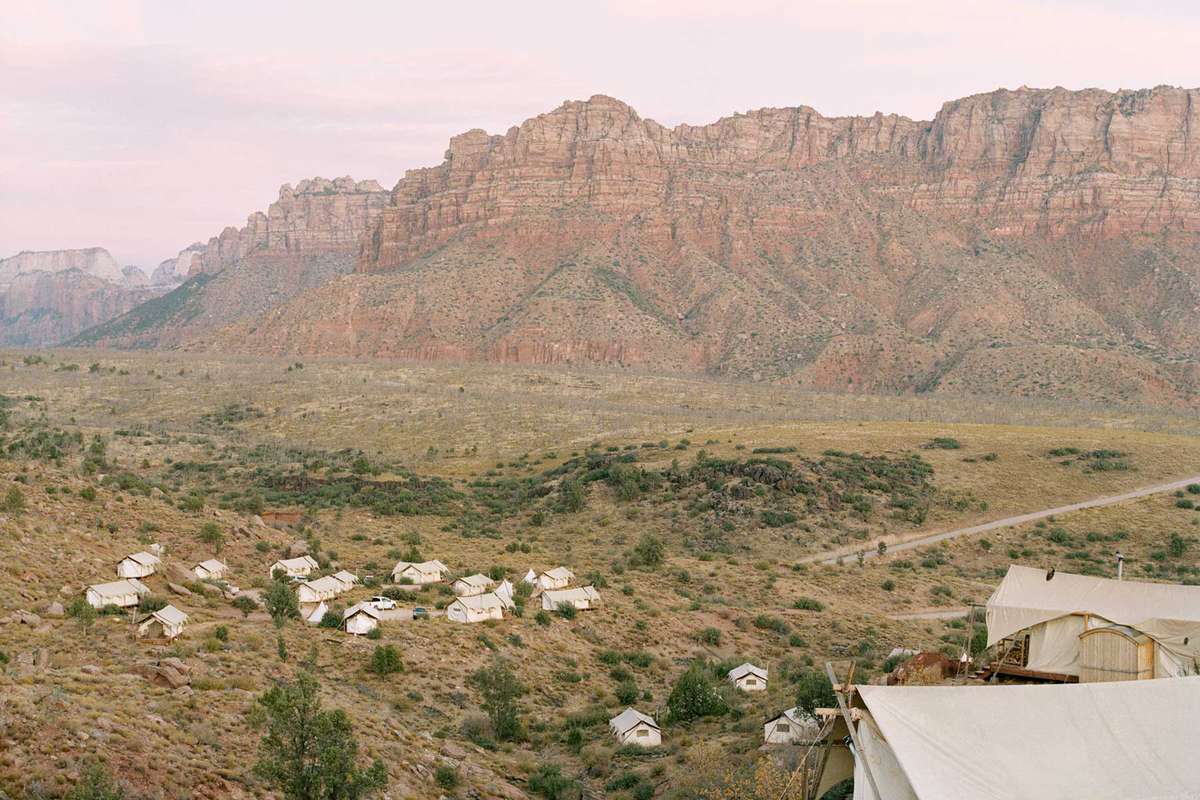The Seven Summits has become part of the adventure lexicon, shorthand for the highest mountain on each continent.
The most commonly accepted list is:
- Mount Everest, Asia, 8,849m
- Aconcagua, South America, 6,961m
- Denali, North America, 6,194m
- Kilimanjaro, Africa, 5,895m
- Mount Elbrus, Europe, 5,642m
- Mount Vinson, Antarctica, 4,892m
- Puncak Jaya/Carstensz Pyramid, Oceania, 4,884m
Mountaineers have sought to climb the highest peak on each continent since at least 1956 when American William Hackett completed five of the seven. However, he climbed Mont Blanc rather than Mount Elbrus and Mount Kosciuszko rather than Puncak Jaya, as these were considered the highest peaks in Europe and Oceania respectively at the time.
Also »


